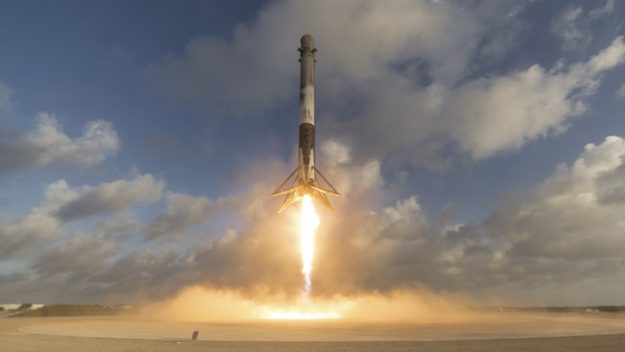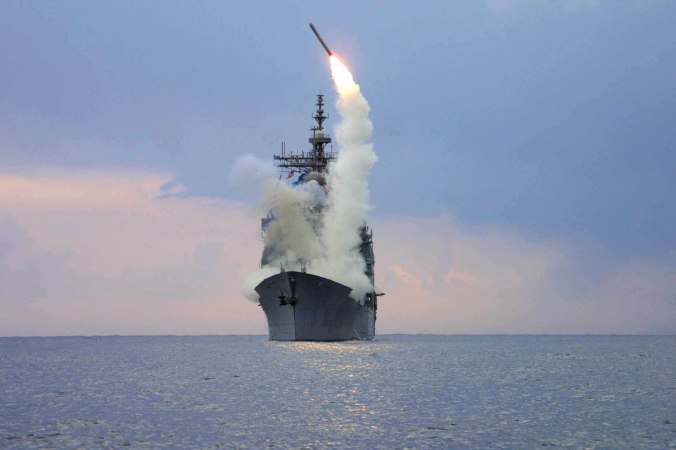
A rocket is programmed to burn and ejects its propellant at the variable rate , where
and
are positive constants. The rocket is launched vertically from rest. Neglecting all external forces except gravity, show that the final speed given to the payload, of mass
, when all the fuel has been burnt is
.
Here is the speed of the propellant relative to the rocket,
the initial rocket mass, excluding the payload. The initial fuel mass is
.
From my previous post “An alternative derivation of rocket’s flight equation“, we know in our present context,
Integrate (1) from to
,
Since ,
.
The rocket’s flight equation now is
i.e.,
When all the fuel has been burnt at time ,
.
That is:
.
Solve (3) for ,
Integrate (2) from to
, we have
Since ,
gives the final speed
Exercise 1. Using Omega CAS Explorer, solve for
respectively.
Exercise 2. Before firing, a single stage rocket has total mass , which comprises the casing, instruments etc, with mass
, and the fuel. The fuel is programmed to burn and to be ejected at a variable rate such that the total mass of the rocket
at any time
, during which the fuel is being burnt, is given by
where is a constant.
The rocket is launched vertically from rest. Neglect all external forces except gravity, show that the height attained at the instant the fuel is fully consumed is
being the exhaust speed relative to the rocket.
